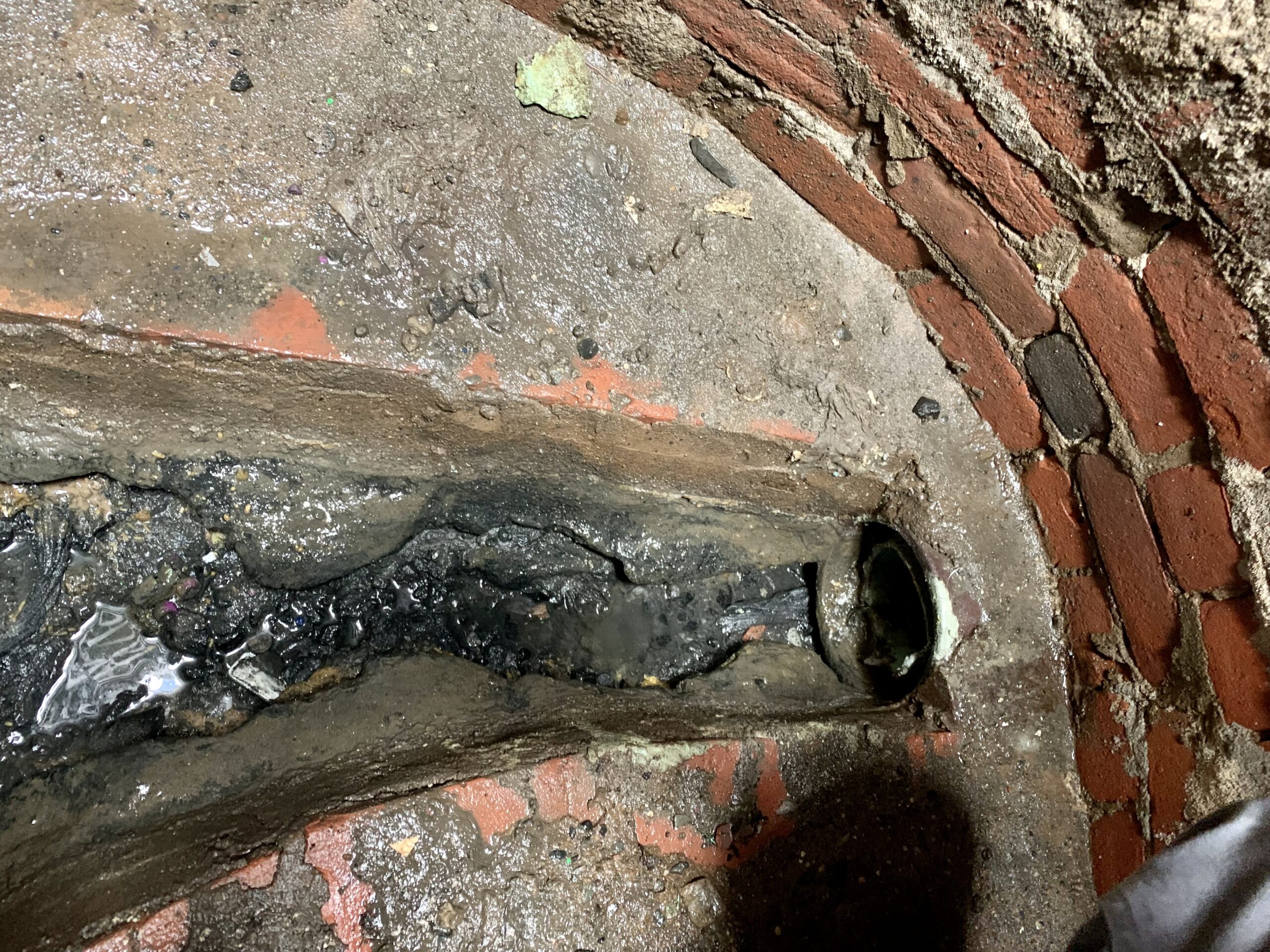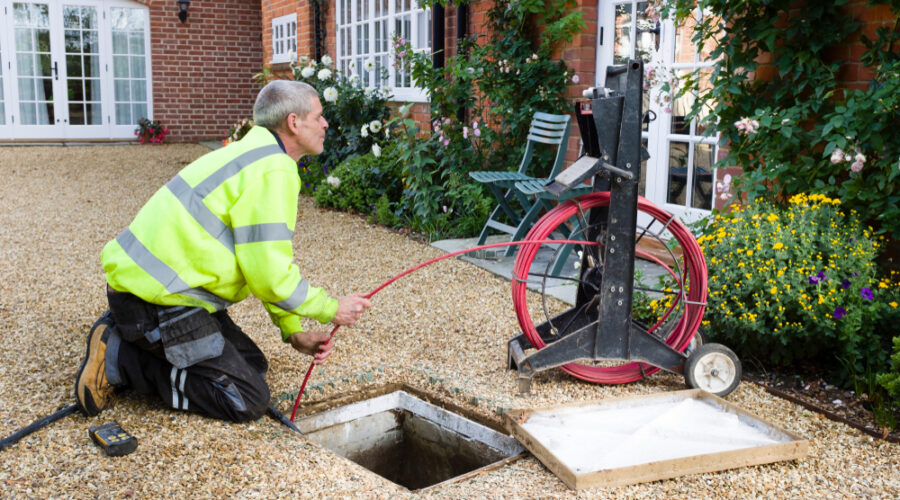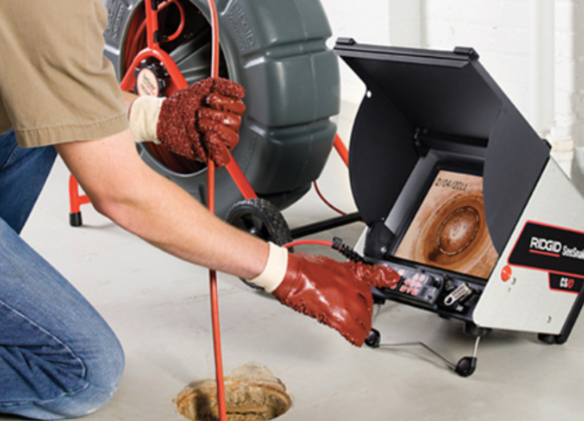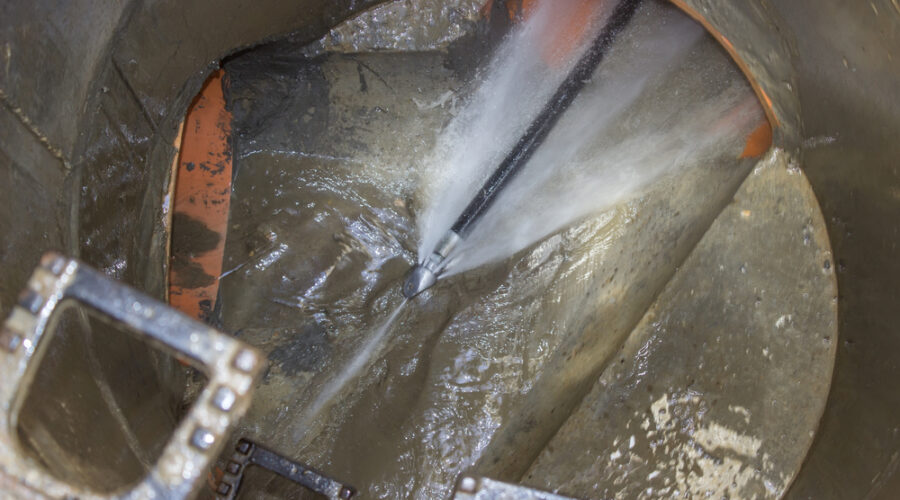Have you ever wondered about the lifespan of a sewer pipe? It’s not a topic that often comes up in casual conversation, but understanding the longevity of these essential underground systems is crucial for homeowners, property managers, and city officials alike. Sewer pipes play a vital role in transporting waste and wastewater away from our homes and businesses, ensuring a clean and healthy environment. But how long can we expect these pipes to last before they need to be replaced or repaired? In this article, we will explore the factors that influence the lifespan of sewer pipes, including material quality, installation methods, environmental conditions, and maintenance practices. By gaining a better understanding of the factors at play, we can make informed decisions on how to extend the lifespan of sewer pipes and minimize costly repairs or replacements. So, let’s dive in and discover the secrets behind the lifespan of a sewer pipe.
Types of sewer pipes
Sewer pipes come in various materials, and the choice of material can significantly impact their lifespan. Here are some of the most common types of sewer pipes:
- Cast Iron Pipes: Cast iron pipes have been used for centuries and are known for their durability and longevity. They can last anywhere from 50 to 100 years, depending on factors such as soil conditions and maintenance.
- Clay Pipes: Clay pipes have been used since ancient times and are still in use today. They are known for their resistance to chemical corrosion and can last up to 100 years or more.
- Concrete Pipes: Concrete pipes are commonly used in municipal sewer systems due to their strength and durability. With proper installation and maintenance, they can last up to 50 years or more.
- Plastic Pipes: Plastic pipes, such as PVC (polyvinyl chloride) and HDPE (high-density polyethylene), are becoming increasingly popular due to their affordability and ease of installation. The lifespan of plastic pipes can vary depending on the quality of the material, but they typically last between 50 to 100 years.
- Orangeburg Pipes: Orangeburg pipes, made of wood pulp and pitch, were commonly used in the mid-20th century. However, they have a relatively short lifespan of around 30 to 50 years and are prone to deterioration and collapse.
It’s important to note that these are just a few examples of sewer pipe materials, and there may be other types available depending on your location and specific needs.
Common causes of sewer pipe damage
Sewer pipes can be subjected to various factors that can lead to damage and deterioration over time. Some common causes of sewer pipe damage include:
- Age: As with any infrastructure, sewer pipes deteriorate with age. The older the pipe, the more likely it is to develop cracks, leaks, or other issues.
- Tree root intrusion: Tree roots are a common cause of sewer pipe damage. As trees grow, their roots can penetrate the pipes, causing blockages, leaks, and even pipe collapse.
- Ground movement: Shifting soil or ground movement can put stress on sewer pipes, leading to cracks or breaks.
- Corrosion: Corrosion can occur in metal pipes, such as cast iron, over time. This can lead to weakened pipes and eventual failure.
- Poor installation: Improper installation can result in misaligned or poorly connected pipes, making them more susceptible to damage.
- Chemical corrosion: Sewer pipes can be exposed to various chemicals, such as acids and alkalis, which can corrode the pipes and shorten their lifespan.
By understanding the common causes of sewer pipe damage, homeowners and property managers can take proactive measures to prevent or minimize these issues.
Signs of sewer pipe deterioration
Detecting sewer pipe deterioration early on is crucial to avoid costly repairs or replacements. Here are some common signs that indicate sewer pipe deterioration:
- Foul odor: If you notice a persistent foul odor in or around your property, it could be a sign of sewer pipe issues. Sewer gases escaping from damaged pipes can cause unpleasant smells.
- Slow drains: If your sinks, toilets, or showers are draining slowly, it could be an indication of a clogged or damaged sewer pipe.
- Gurgling sounds: Gurgling sounds coming from your drains or toilets can suggest a blockage or damage in the sewer pipes.
- Sewage backups: Sewage backups in sinks, toilets, or showers are a clear sign of a sewer pipe problem. This should be addressed immediately to prevent further damage and health hazards.
- Sinkholes or depressions: Sinkholes or depressions in your yard or pavement can indicate a collapsed sewer pipe underground.
If you notice any of these signs, it’s important to consult a professional plumber or sewer specialist to assess the situation and recommend the appropriate course of action.
Factors affecting the lifespan of a sewer pipe
The lifespan of a sewer pipe can be influenced by various factors. Here are some key factors that can affect how long a sewer pipe lasts:
- Material quality: The quality of the material used in the sewer pipe construction plays a significant role in its lifespan. Higher-quality materials are generally more durable and can last longer.
- Installation methods: Proper installation is crucial for the longevity of sewer pipes. Pipes that are poorly installed or not aligned correctly are more prone to damage.
- Environmental conditions: Environmental factors such as soil composition, temperature fluctuations, and exposure to chemicals can impact the lifespan of sewer pipes. For example, pipes installed in corrosive soils may deteriorate faster.
- Maintenance practices: Regular maintenance, including cleaning and inspections, can help identify and address potential issues before they become major problems. Neglecting maintenance can significantly reduce the lifespan of sewer pipes.
- Water flow and usage: The amount of water flowing through the sewer pipes and the frequency of use can affect their lifespan. Excessive water flow or constant use can put more stress on the pipes, leading to faster deterioration.
It’s important to consider these factors when assessing the lifespan of sewer pipes and implementing measures to extend their longevity.
Average lifespan of different types of sewer pipes
While the lifespan of sewer pipes can vary depending on the factors mentioned above, here are some average lifespans for different types of sewer pipes:
- Cast Iron Pipes: Cast iron pipes can last anywhere from 50 to 100 years with proper maintenance.
- Clay Pipes: Clay pipes have a lifespan of up to 100 years or more, depending on the conditions they are exposed to.
- Concrete Pipes: Concrete pipes can last up to 50 years or more with adequate installation and maintenance.
- Plastic Pipes: Plastic pipes, such as PVC and HDPE, typically have a lifespan of 50 to 100 years, depending on the quality of the material and installation.
- Orangeburg Pipes: Orangeburg pipes have a relatively short lifespan of around 30 to 50 years and are prone to deterioration and collapse.
It’s important to note that these are rough estimates, and the actual lifespan of sewer pipes can vary depending on various factors specific to each case.
How to extend the lifespan of a sewer pipe
While the lifespan of sewer pipes is influenced by many factors, there are steps you can take to extend their longevity. Here are some tips to help you prolong the lifespan of your sewer pipes:
- Regular inspections: Schedule regular inspections by a professional plumber or sewer specialist to identify any potential issues early on. This can help prevent major damage and costly repairs.
- Proper maintenance: Follow a regular maintenance routine that includes cleaning and clearing any blockages, as well as addressing any signs of deterioration promptly.
- Mindful water usage: Be mindful of how much water you use and avoid excessive or unnecessary water flow. This can reduce stress on the sewer pipes and prolong their lifespan.
- Avoid flushing non-biodegradable items: Only flush biodegradable items down the toilet and avoid flushing anything that can potentially clog or damage the sewer pipes.
- Protect pipes from tree root intrusion: If you have trees on your property, consider installing root barriers or regularly trimming tree roots near the sewer pipes to prevent root intrusion.
By implementing these practices, you can help extend the lifespan of your sewer pipes and reduce the risk of costly repairs or replacements.
Sewer pipe maintenance and repair
Regular maintenance and timely repairs are essential for ensuring the longevity of sewer pipes. Here are some common maintenance and repair tasks:
- Cleaning: Regularly clean sewer pipes using professional equipment to remove any debris, buildup, or blockages.
- Hydro-jetting: Hydro-jetting is a high-pressure water cleaning method that can effectively clear stubborn clogs and buildup in sewer pipes.
- Pipe relining: Pipe relining involves inserting a new lining into the existing damaged pipe, creating a seamless and durable pipe within a pipe.
- Pipe bursting: Pipe bursting is a trenchless method of replacing damaged pipes by inserting a new pipe while simultaneously fracturing the old pipe.
- Spot repairs: In some cases, spot repairs may be sufficient to address localized damage or leaks in sewer pipes.
It’s important to consult a professional plumber or sewer specialist to determine the most appropriate maintenance or repair method for your specific situation.
When to replace a sewer pipe
While regular maintenance and timely repairs can extend the lifespan of sewer pipes, there may come a time when replacement is necessary. Here are some indications that it may be time to replace your sewer pipe:
- Frequent repairs: If you find yourself constantly repairing the same sewer pipe, it may be more cost-effective to replace it entirely.
- Extensive damage: If the sewer pipe has extensive damage, such as multiple cracks, collapses, or leaks, replacement may be the best option.
- Old age: If the sewer pipe has reached or exceeded its expected lifespan, it may be wise to consider replacement to avoid unexpected failures.
- Changing regulations: If your local regulations require specific upgrades or changes to the sewer system, it may be necessary to replace the pipe to comply with the new standards.
When considering sewer pipe replacement, it’s crucial to consult with professionals who can assess the situation and provide expert advice.
Conclusion
The lifespan of a sewer pipe is influenced by various factors, including material quality, installation methods, environmental conditions, and maintenance practices. Understanding these factors can help homeowners, property managers, and city officials make informed decisions to extend the lifespan of sewer pipes and minimize costly repairs or replacements. Regular maintenance, proper installation, and mindful usage of sewer systems are key to ensuring their longevity. By taking proactive measures and addressing any signs of deterioration promptly, we can enjoy the benefits of a well-functioning sewer system for years to come. So, let’s prioritize the health and longevity of our sewer pipes and ensure a clean and healthy environment for all.






